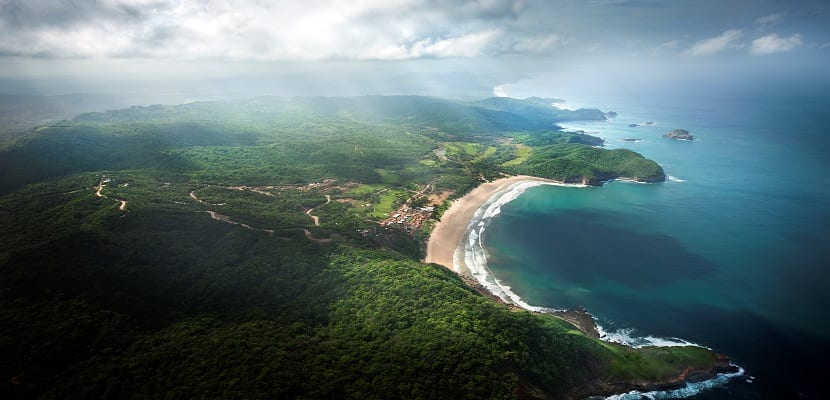
Image via ThingLink
There are few destinations so little exploited by tourism and as beautiful and hospitable as Nicaragua. In this lies much of its appeal, in its seductive tropical nature, the Spanish flavor of colonial architecture and its rich pre-Columbian history.
For many years it was forgotten as a tourist destination because of a past of guerrillas and dictators but the great effort of Nicaraguans to erase that memory and the economic development of recent times has allowed the country to open its doors to tourism, not only to backpackers and surfers but also those looking for something different on their vacations. Attractions are not lacking.
The best time to get to know Nicaragua is this. Some already call it the new Costa Rica and lately it has positioned itself on several international lists as an emerging destination to visit. In addition, it is one of the safest states in the region.
Ecotourism in Nicaragua
This Central American country is a land of rich biodiversity that has numerous nature reserves, volcanoes, virgin beaches, lakes and jungles.
Volcanoes
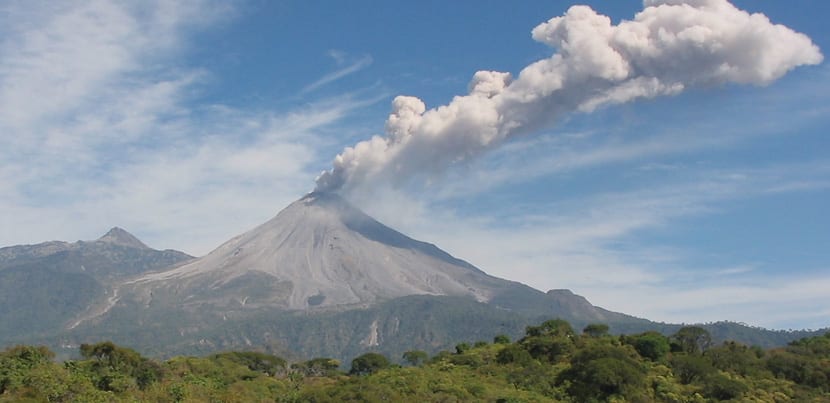
The essence of the Nicaraguan landscapes is in its volcanoes and it is in León, in the western region, where most of them are concentrated. Leonese volcanoes are interesting and can be explored. The Cerro Negro volcano is the youngest in Central America and the most demanded for its easy ascent. Very close are the Hervideros de San Jacinto, which are the breathers of the Telica volcano. There the ground burns between fumaroles and boiling mud. This volcano can be climbed and has a huge crater and beautiful panoramic views. However, the most striking volcano in León is Momotombo, which has one of the most complicated climbs but also one of the most beautiful.
Nature Reserves
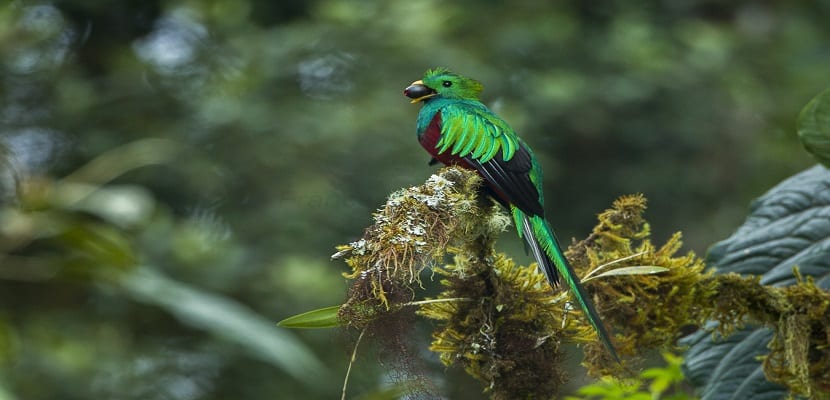
On the other hand, 18% of the Nicaraguan territory is protected and more than seventy spaces make up the National System of Protected Areas, natural reserves with great potential. Some of the most prominent are the Bosawás Reserve, the largest in Central America, which is located in the north of the country along the border with Honduras. It has a very extensive humid tropical forest that occupies the territory between the Bocay, Amaka, Lakus and Waspuk rivers.
The Miraflor Nature Reserve also stands out, 40 km towards the border with Honduras and 25 km from the city of Estelí, grouped in this international project due to its richness and high level of biodiversity. In it you can see species of tropical birds such as the Quetzal or the Trogon, as well as felines and primates.
Beach
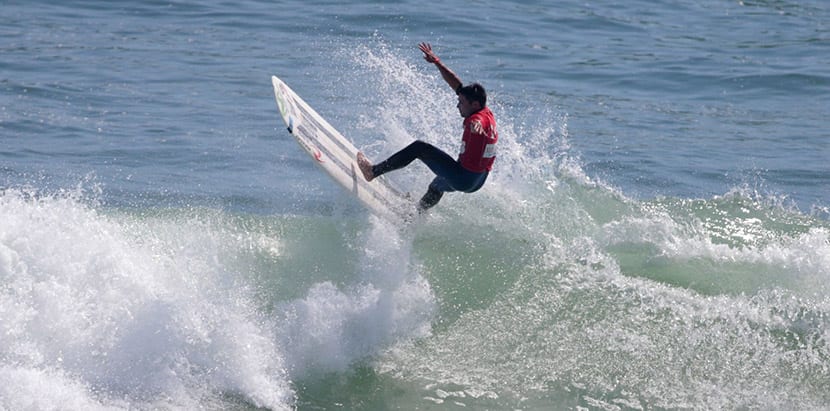
Nicaragua is a country with two privileged coasts, the Pacific and the Atlantic. In the first they have beautiful beaches of different types (rocky, flat, with calm and rough waters). However, they have in common the dark color of the sand as a result of the volcanic activity parallel to the coast. Some of the most popular Pacific beaches are: San Juan del Sur, Playa Maderas, La Flor, Chacocente and El Velero, among others. In the second, the beaches are characterized by their coasts and small waves and calm waters. Some of the most prominent are the Corn Islands (white sand, coconut trees and turquoise waters), Pearl Lagoon and Bluefields.
Discovering Managua
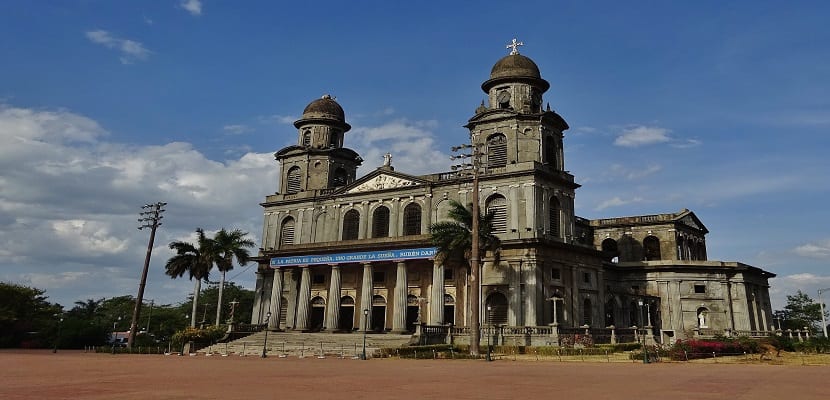
Image via Trek Earth | Cathedral of Santiago Apóstol
The gate of Nicaragua is usually its capital, Managua, a city that is struggling to recover from the last great earthquake that devastated its historic center in 1972. Located next to the homonymous lake, it has a population of almost two million inhabitants, being the most important city in the Central American country.
Today Managua has large avenues and parks that connect with its heart, next to Lake Xolotlán: the old Cathedral of Santiago Apóstol, the National Museum, the Presidential House and the Plaza de la Revolución. Nearby is the Rubén Darío National Theater and the New Malecón del lago, the city's great green lung that lights up at dusk to the amazement of visitors. This new area of the Salvador Allende port is being transformed into a leisure and tourism space with views of culture, commerce and gastronomy.
Nature lovers will also find two very important natural reserves in the Nicaraguan capital where they can camp and take long walks through the forest to contemplate the beautiful flora and fauna of the place. They are the Montibelli Reserve and the El Chocoyero National Reserve. In the latter it receives its name from the chocoyo parrots that inhabit it. Both can be visited on your own, but doing it in the company of a guide who knows the area will give us another perspective of these natural reserves.
Managua is a city that is worth visiting since in it we will find both natural and historical wealth. A destination that cannot be overlooked when going to Central America.
Colonial Nicaragua
Granada and León preserve the best of Nicaraguan colonial architecture. Both cities were named after two Spanish cities, like so many others in America.
Grenada
It is located 50 kilometers southeast of Managua and from there you can easily access Nicaraguan natural treasures such as volcanoes or jungles, as well as the Pacific beaches or Lake Cocibolca.
Like most American cities, Granada is built around a main square called Parque Central or Colón. There you will find the cathedral, the town hall, cultural centers, banks and a multitude of small shops that sell artisan cheeses, fruits, vegetables and other delicacies of Nicaraguan gastronomy.
Granada is a city to explore on foot as nothing is too far away. However, an interesting experience is to take a city tour aboard a tourist carriage for less than 5 euros.
During your trip you cannot miss the Spanish-style colonial villas with beautiful tropical gardens in Granada. Along Calle La Calzada, which runs along the side of the Cathedral, a series of impressive colorful houses are lined up that attract a lot of attention. In the same area is the Church of the Virgin of Guadalupe. At the end of La Calzada we will stop at the boardwalk, a walk along the shore of Lake Nicaragua which is the only lake in the world where sharks live.
León
Located just 93km from Managua, it was founded in 1524 and is one of the most beautiful colonial cities in Central America. Known as "The University City", its ruins have survived earthquakes and volcanic eruptions and have become a tourist attraction of great interest. This is located 30 km from the current city. The old city of León was one of the first to be established in America and was declared a "World Heritage Site".
Until 1824 it was the capital of Nicaragua and in its streets and buildings it still maintains the colonial style of that time, which is evidenced in the impressive Cathedral of the Asunción de León (considered the largest in Central America and in a baroque style). The famous Nicaraguan poet Rubén Darío is buried there.
León also has other temples from the seventeenth and eighteenth centuries that are worth visiting, such as the church of San Franciso, the church of Sutiava, the church of Recolección or the church of La Merced, among others.
On the other hand, León is the starting point from which to visit the volcanoes in the area. Here are the hot springs of San Jacinto and the geothermal springs of Poneloya. Also from León you can access the Momotombo volcano or Cerro Negro, one of the only places on the planet where it is possible to practice a sport known as sandboarding on volcanic ash.